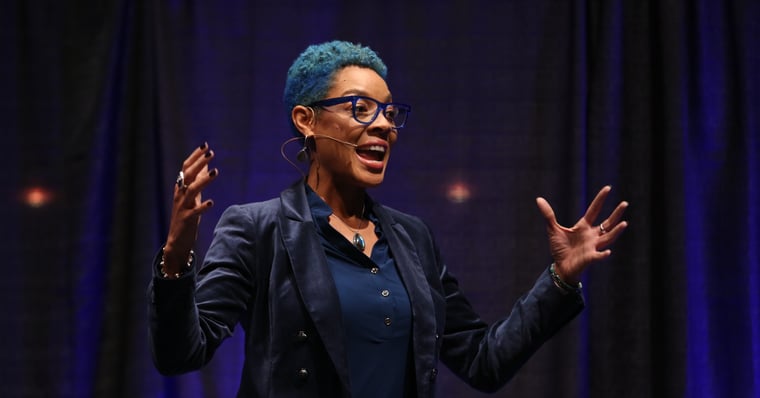Creating and maintaining an inclusive employee environment is essential to compete in the modern market. Millennials make up the largest segment of the American labor force and aren’t afraid to switch jobs if things aren’t working. If an organization doesn’t make all employees feel welcome and safe - at a minimum - the organization is going to have a huge problem retaining talent.
If you want to start employees off right - and build them into successful employees who will go on to help reinforce an inclusive environment - provide them with an onboarding process that promotes diversity, inclusion, and belonging. The key to this is understanding that inclusive onboarding is a two-way street, occupied by both your new employee and the team they're about to join.
Prepare and support existing team members
First, spend some time prepping the incumbents. Current team members’ needs are often excluded from the onboarding process. This can lead to early disconnect and even resentment toward the new employee. Prior to a new team member's start date, orient the team to their new colleague. Establish a sense of inclusion by communicating what about the new hire - their education, experience, or expertise - drove the hiring decision. Develop an early sense of belonging by sharing details on how the new employee's role will contribute to team success.
Remind the team of the organization’s mission and values. Refreshers like this are always helpful, but particularly useful right before a new member of the team is integrated into the group. Ideally you have already provided your teams with information about unconscious bias and how that can affect decision-making at work - but if you haven’t yet, right before a new employee begins work is a great time to start.
The fact is, all people suffer from unconscious bias - particularly the bias that makes us think that people who are similar to us are as good at our jobs as we are. If your organization is already predominantly white, male, between 30 and 50, and heterosexual, that will result in a lot of hires who happen to also be white, male, between 30 and 50, and heterosexual. If your new hire isn’t superficially similar to existing employees, unconscious bias will still probably sort the new person into the category of “them” versus “us” in your existing employees’ minds, at least for a while. But if people are aware of this cognitive bias, they can do things to compensate for it.
Before a new employee begins, consider offering your team training on cognitive biases, handling change, and the value of diversifying a workforce.
Engage and inspire new hires
Second, focus on your new employee’s experience. Allow enough time for them to get to know your organization’s culture before launching into tasks. Communicating shared purpose can be huge for employee retention and happiness. Only 25% of worldwide employees surveyed by O.C. Tanner said that they feel connected to their company’s mission and 50% do not find meaning or significance in their role.
Spend time educating your new employee about your organization’s emphasis on diversity and inclusion. While technical information and mission objectives are important, so is explaining to new employees how they are going to be welcomed into the overall culture you have established.
This is an especially important step if your new hire is someone whose racial or ethnic identity is different than the majority of your existing employees. According to a 2014 study, when a racial minority is hired to work with a group of predominantly white employees, the white employees can tend to assume the person was a “diversity” hire - and the new employee can pick up on that vibe. To combat this, explain what your organization is doing to promote diversity and inclusion and make it clear to the new employee why they, as an individual, were hired.
The power of mentoring in the onboarding process
Another key strategy to inclusive onboarding is a healthy mentorship program. Pair new hires with an existing employee - and prepare that employee for the responsibilities of showing the new person the ropes. Lessons on coaching, leadership, soft skills, and mentorship give your existing employee the opportunity to grow his or her skills while also helping your new employee become more settled in your organization.
The win-win here is clear: when employees feel like they are being given chances to grow, they are more likely to be satisfied with their employment. And when new hires are able to establish early connections with colleagues, they're more likely to stick around.

Focusing on the employee experience from day one can help you avoid the pitfalls of this statistic: Companies lose 25% of all new employees within a year, with 20% of employee turnover happening within the first 45 days.




